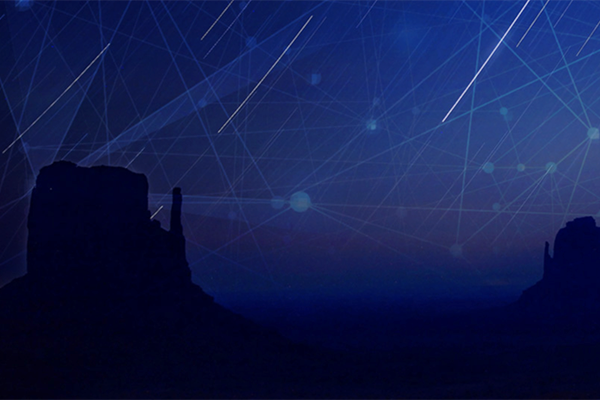Traditions of Learning: Connecting Native American Heritage to STEM

Two Utah State researchers are taking a unique approach to “makerspaces” to improve STEM education in the Native American community.
One important goal is to help the students realize that “STEM professionals aren’t all white men,” said Kristin Searle, an assistant professor in the Instructional Technology and Learning Sciences department at Utah State. “You can be an American Indian and an awesome engineer; research tells us that kids really struggle to see themselves in those roles.”
Makerspaces, which are intended to provide hands-on learning experiences, have traditionally been established in permanent locations. By creating mobile makerspaces that are operated out of vans, these researchers are bringing educational opportunities to students in remote locations.“At one school, most students were without running water or electricity at home,” said Searle. “We’re the first to reach some of these places.”
Searle is working with Dr. Breanne Litts, an assistant professor in the ITLS department, as well as Bryan Brayboy, a professor at Arizona State University, and Yasmin Kafai, a professor at the University of Pennsylvania, to introduce science, technology, engineering and math (STEM) principles to American Indian children.
“Native American students are behind their peers in pretty much every measure of educational success,” Searle said. “If we look at math scores, especially in fourth grade and eighth grade, they lag behind all other racial and ethnic groups in terms of test scores.”
Searle explained that students who feel a connection to their culture tend to do better in school. “American Indian communities have been doing STEM for a very long time if we think of that as weaving, star navigation, or building a canoe,” Searle said. “These all involve STEM practices. But when kids learn STEM in school, they often don’t see that connection, so our research focuses on making that connection a little more explicit.”
Researchers have found that material is learned more easily and retained longer when it relates to aspects of a student’s cultural heritage. The projects being developed combine hands-on learning experiences with intergenerational learning, giving students an opportunity to work with their parents and grandparents.
“You have a grandparent or parent who is more of a cultural expert and a child who is more of a technology expert, so we are hoping those things will naturally meld together,” Searle said.
The team will work with Native American community partners to design specific workshops, focusing on electronic textiles, engineering with recyclable materials, and 3D printing.
Aspects of the project have been in motion for as long as three years, but it was just this past year that the team was awarded the Early-concept Grant for Exploratory Research (EAGER), a funding mechanism offered by the National Science Foundation for potentially transformative research ideas.
The team is building connections and laying the groundwork to continue work in these communities next summer. “In the end, I’d love to work myself out of a job,” Searle said. “I would love to have American Indian students take over what I do.”

